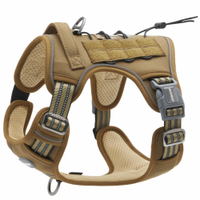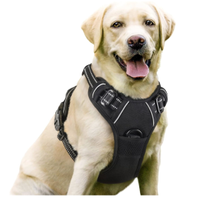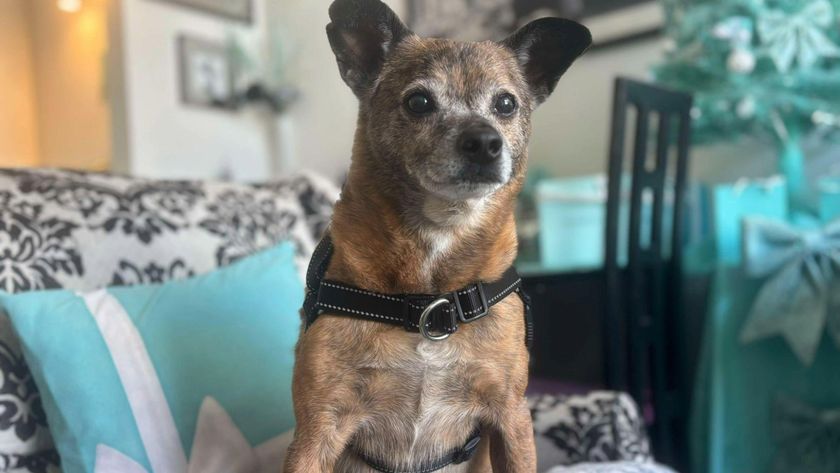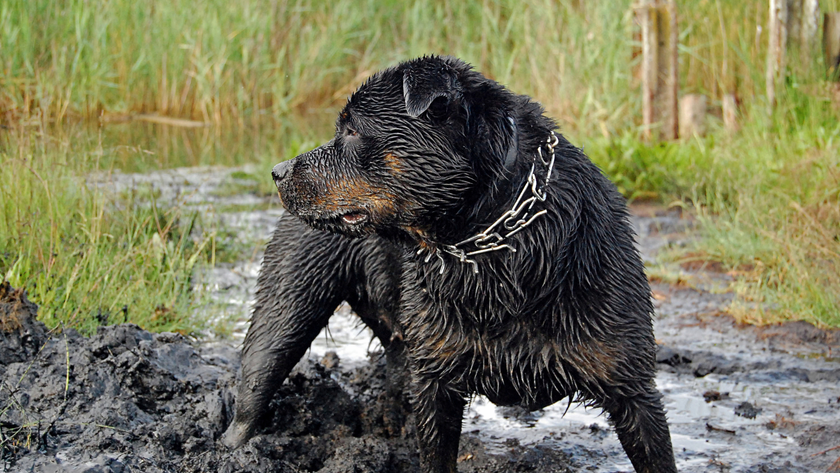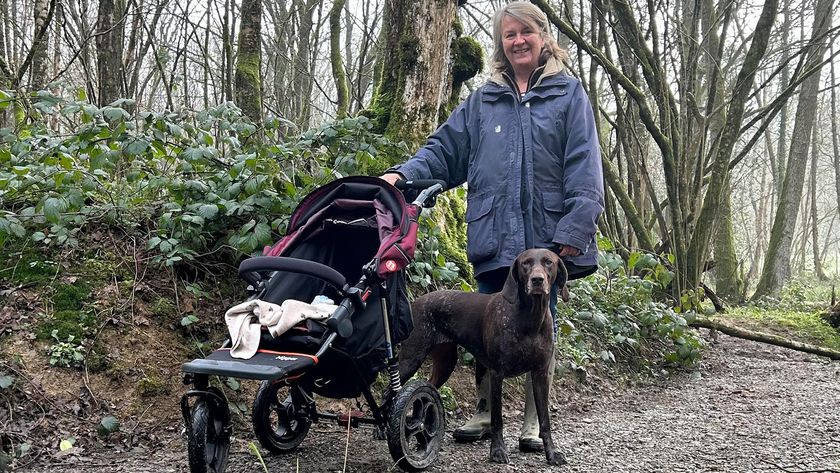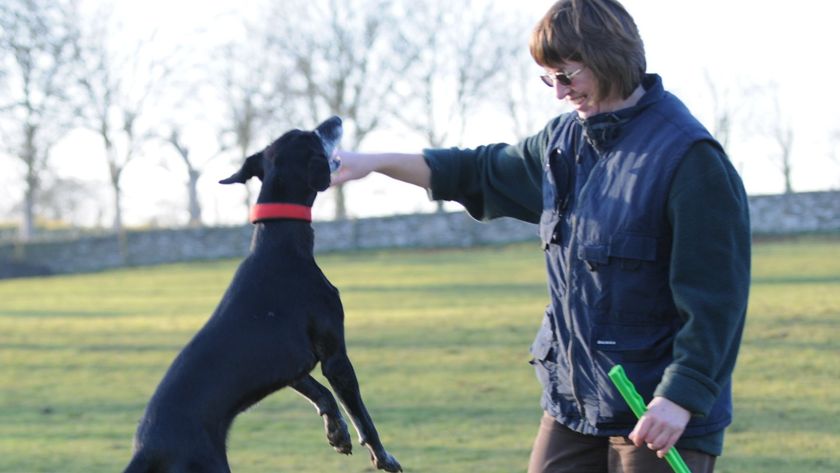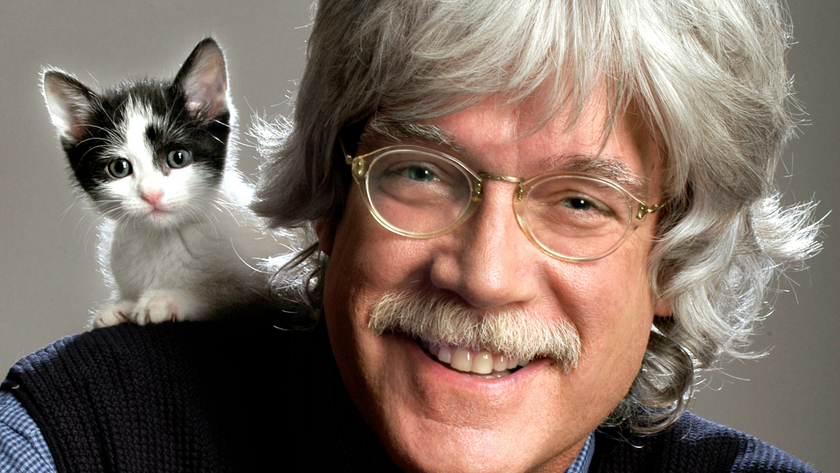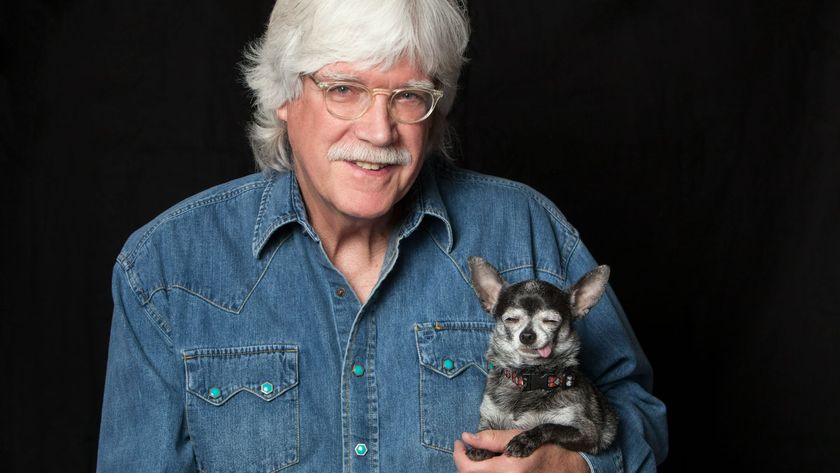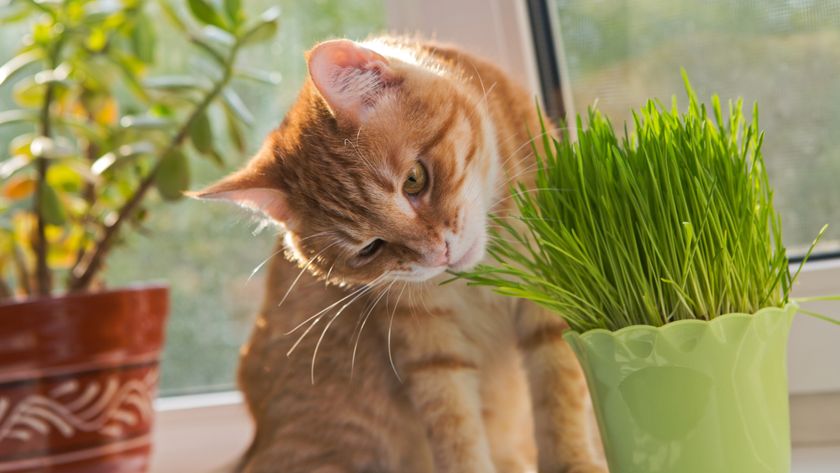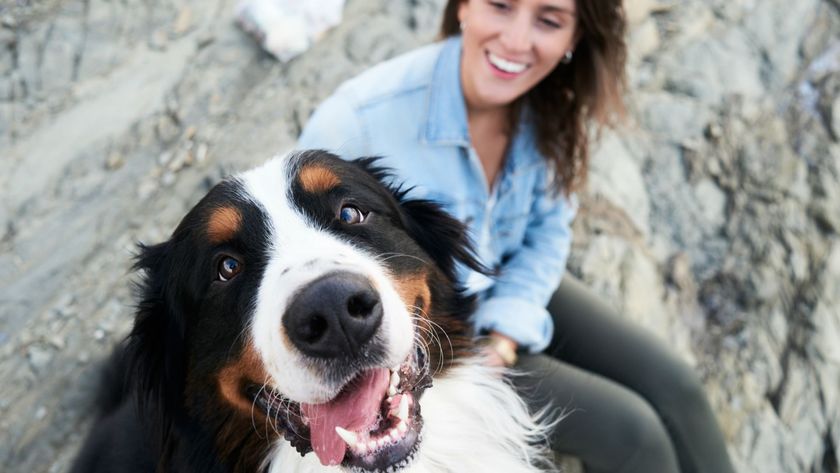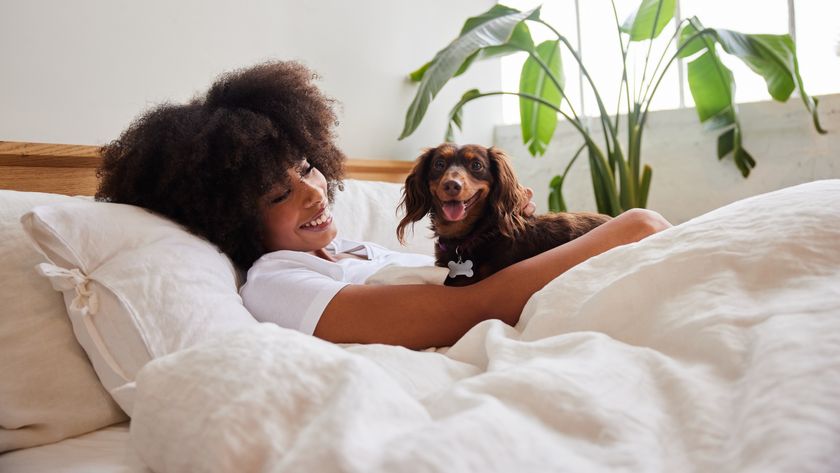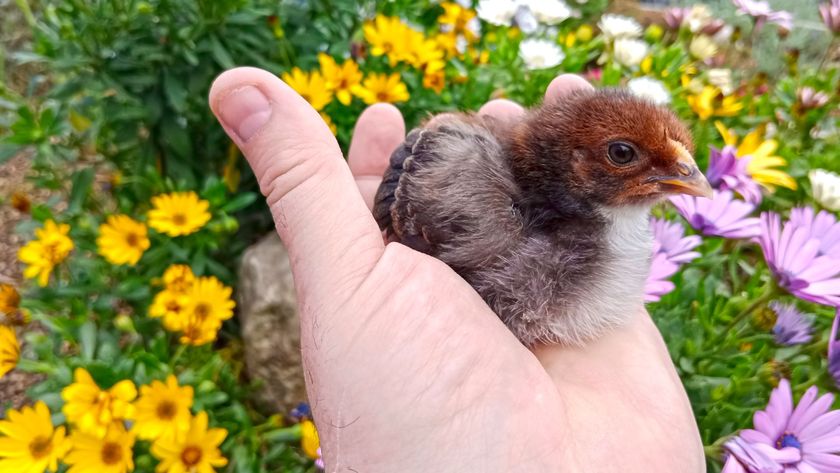How does a no-pull dog harness work? A vet explains
The no-pull dog harness isn’t a substitute for appropriate training, but it can certainly be a helpful accompaniment.
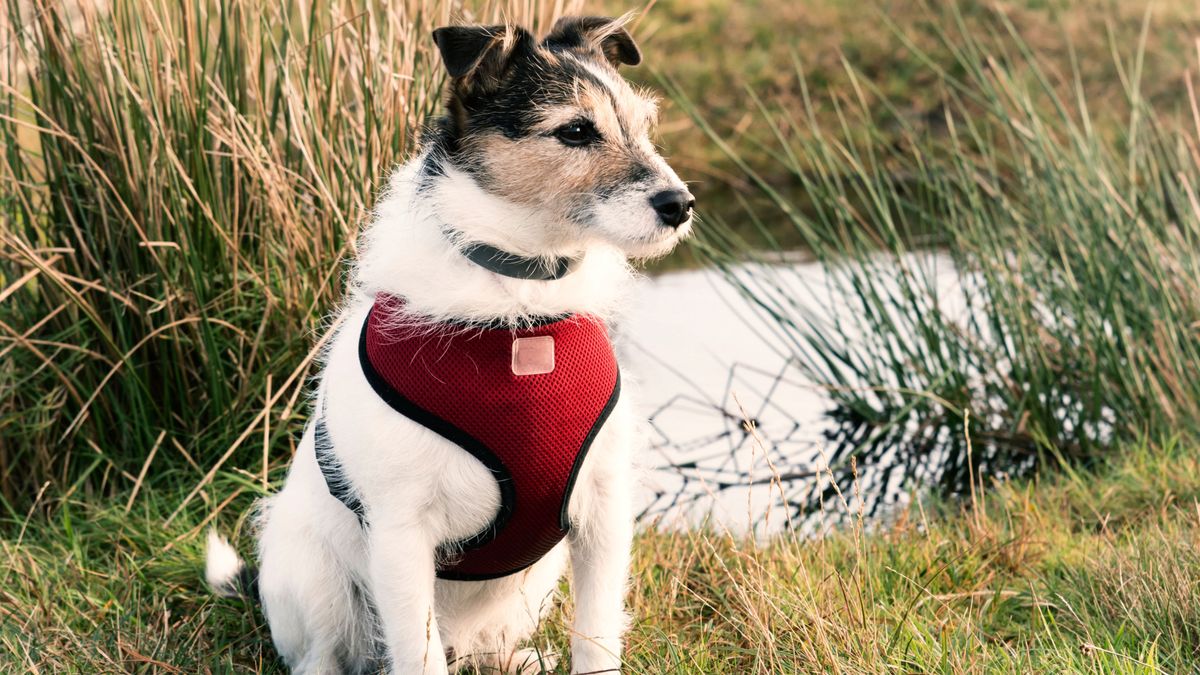
A no-pull dog harness is well worth investing in if you have a pup that tends to walk you rather than the other way around. Having a canine companion who lunges all the time can make those daily strolls more stress-inducing than stress-relieving, but fitting them with the correct harness can make things a whole lot easier.
The best dog harness for pulling works by applying gentle pressure on your pup’s shoulders, which reduces the likelihood of them lunging forward. While they’re not a magic bullet (and they certainly don’t replace positive training methods), no-pull harnesses can help make walks more enjoyable.
Dogs tend to pull because they’re in environments where there are lots of unusual sights and sounds all around them — which in their minds are exciting and crying out to be explored! How to stop a dog pulling on a leash requires patient training where you first need to work on getting your dog to sit calmly in different environments before progressing to walking.
Once you’re at the stage where you’re ready to hit the pavement, a no-pull harness can help support the good work you’ve already done with your pup. To help you with this, we spoke to Dr. Rebecca MacMillan to get her thoughts on the no-pull harness. Below, she explains how they work, the features to lookout for and whether they can hurt our pups. Let’s take a look…
How does a no-pull dog harness work?
Unlike the best dog harnesses for non-pullers, those designed to reduce lunging work by placing gentle pressure on your pup's shoulders and therefore decreasing the likelihood of them wanting to pull.
"Many no-pull harnesses are based on the idea that you attach the leash to a clip on their dog’s chest area rather than on their back," explains Dr. MacMillan. "Your dog will feel pressure in front and their reaction is to pull back from this. This should slow them down and stop them from tugging. It can also cause them to turn rather than being able to pull straight ahead."
However, she cautions that the no-pull harness is not without its drawbacks. "The main disadvantage is that your dog’s leg’s may become tangled in their leash," but she goes onto add that "this type of no-pull harness is far more preferable to aversive harnesses that tighten and cause discomfort as your dog pulls."
Easy to adjust and built to last, this is our top pick for a dog harness if your pup tends to pull hard on the leash when you're out for a walk.
How to use a no-pull dog harness
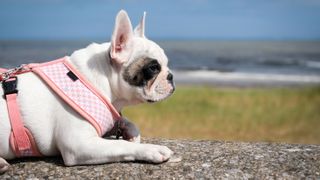
When it comes to how to use a harness on a dog, the most important thing is ensuring you select the right one for your fur friend.
For a no-pull harness, look for wider straps, as thin, nylon ones can easily chafe your dog's pressure points. Wider, more cushy straps will help distribute the pressure from pulling and will be overall way comfier for your pup. A no-pull dog harness will have a front clip, but some will have both a front and a back clip for you to affix a leash to each. If you have an especially strong puller, you may want to try using a harness that has both a front and a back clip for a while.
Get your dog used to their new harness by putting it on them in the house several times before you try and take them out on a walk. Give your dog a few treats while you try on and adjust the harness so they have a positive association with it, and so that they get used to the sounds of clipping, buckling, and adjusting. You really want to make sure this is a comfy fit for your dog, so make sure to measure your dog's neck and chest before purchasing a no-pull harness.
Remember that a no-pull harness is not a replacement for good training methods. Yes, they can encourage loose-leash walking (your dog calmly walks by your side with some slack in the leash) when used correctly, but nothing will help more than consistent training.
Will a no-pull dog harness stop pulling?
No-pull dog harnesses are definitely a better option than just collars, and in many cases are better than gentle leaders, but they are in no way foolproof. For one, they do not replace the need for proper and consistent training, and they can irritate your dog's skin and affect their gait. However, when used correctly and worn safely, a no-pull harness can be a good option for dog owners who have especially strong or misbehaved dogs.
"No-pull harnesses are not a substitute for appropriate training," confirms Dr. MacMillan. "Some dogs will pull no matter what type of harness they are exercised in! If you are struggling with your dog’s behaviour then speak to a professional trainer or even a qualified behaviourist for advice. You will both enjoy your walks much more in the long run."
Or, if you'd prefer to give things a go yourself first, check out these great practical tips for training your dog on your own.
One of the most comfortable harnesses on the market, the Rabbitgoo is made from sturdy nylon and breathable air mesh and has four adjustment points for easy customization.
Do no-pull harnesses hurt dogs?

"Front clip harnesses do not cause your dog any discomfort, they just prevent your dog from being able to pull against you as effectively, due to the position of the leash. No-pull harnesses that actively tighten as your dog pulls can cause discomfort, however," explains Dr. MacMillan.
"The tight harness can be uncomfortable and rub, causing sores, especially if your dog is a persistent puller. I would always recommend that owners stick to positive association training methods rather than using tools that cause aversion in their pets."
Features to look for in a no-pull harness
"Front clip harnesses will look very similar to back clip harnesses, except that the D-ring where you attach the leash will be on the chest area rather than the back," explains Dr. MacMillan.
"As with any harness, you should look for one that is made from good quality material and allows your dog to move their limbs easily when exercising, without restricting shoulder movement."
Looking for more advice on how to put a stop to your dog's lunging? My dog’s leash pulling made walks miserable until I helped her reactivity, here’s how is full of great tips from an expert trainer. We've also answered, 'Are harnesses bad for dogs?'
PetsRadar Newsletter
Get the best advice, tips and top tech for your beloved Pets
- Dr Rebecca MacMillanVet
- Kathryn WilliamsFreelance writer
